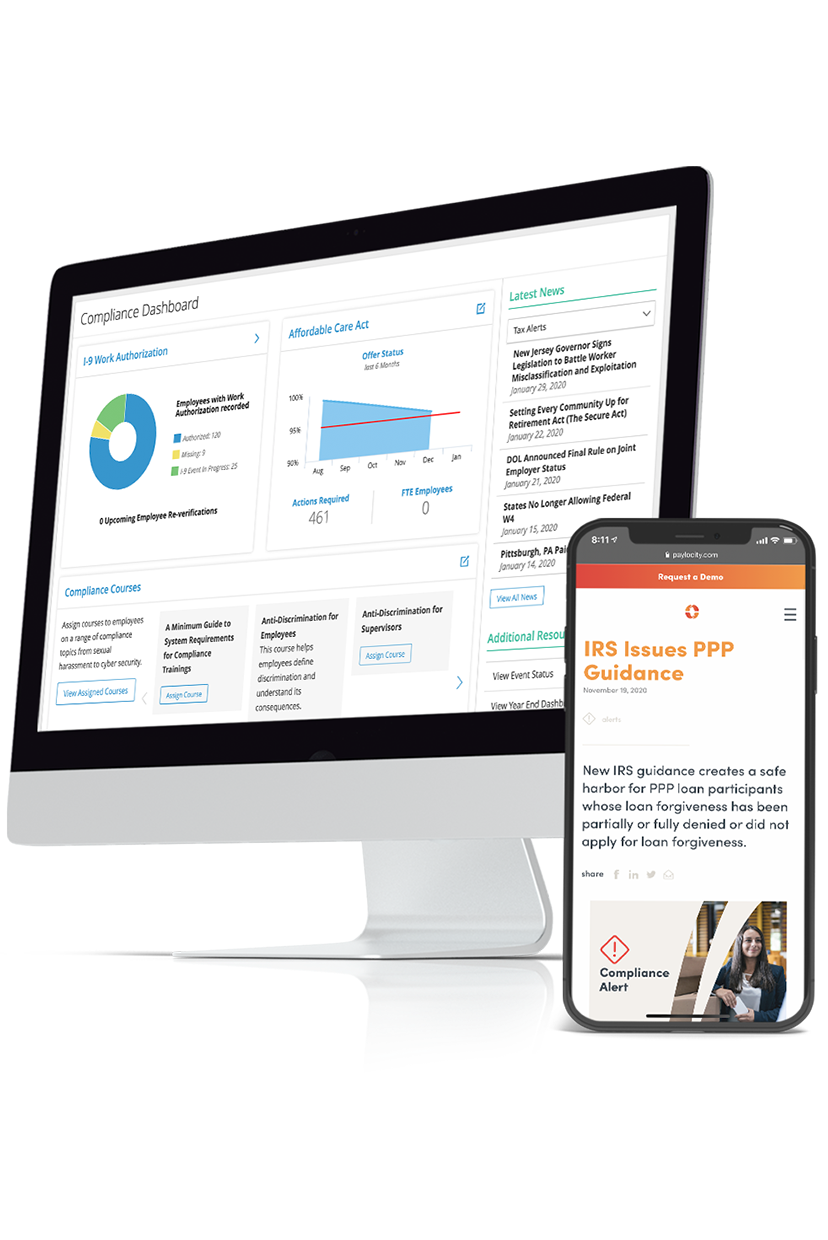resources
The End of the COVID-19 National Emergency: Impact on COBRA and Benefit Plans Deadlines
March 30, 2023

At a Glance
- The National Emergency is anticipated to end on May 11, 2023
- The corresponding “Outbreak Period” will subsequently end on July 10, 2023
- Newly issued DOL FAQs address the impact of the “Outbreak Period” ending on the deadlines related to COBRA and Spending Accounts
Background on the Covid-19 National Emergency
On March 13, 2020, the COVID-19 National Emergency was declared with an effective date retroactive to March 1, 2020.
In response to this national emergency declaration, the Department of the Treasury and the Internal Revenue Service issued the “Joint Notification of Extensions of Certain Timeframes for Employee Benefit Plans, Participants, and Beneficiaries Affected by the COVID-19 Outbreak”. This notice stated that certain timeframes associated with HIPAA special enrollment, COBRA continuation coverage, internal claims and appeals, as well as external reviews must be disregarded when determining when certain actions by employee benefit plans must be completed during the COVID-19 National Emergency and Outbreak Period.
With these declarations, the amount of time to complete actions subject to the emergency relief notices was extended until the earlier of:
- One year from the date the individual or plan began to be eligible for relief, or
- The end of the Outbreak Period 60 days after the end of the COVID-19 National emergency.
The relief, referred to as the disregarded periods, applies to the following events:
- The period to request special enrollment in group health plans
- The date for providing a COBRA election notice to qualified individuals
- The election period for COBRA continuation coverage
- When COBRA premium payments are required to be paid
- When an individual must provide notice of a qualifying event or determination of disability
- The timeline for when a benefit claim may be filed under a plan’s claim procedure
- The timeline for when a claimant can file an appeal of an adverse benefit determination or request for external review
End of Emergency Announced and DOL Issues FAQs
In January 2023, the White House announced an anticipated end date for the COVID-19 National Emergency of May 11, 2023. The Outbreak Period and associated disregarded periods will end 60 days after that on July 10, 2023. The deadline extensions that were applied under the emergency relief will no longer apply on that date. After July 10, 2023, the deadlines will apply as they were pre-pandemic.
In response to the anticipated end of the deadline relief, the Department of Labor (DOL) issued FAQs addressing the impact on the benefit plan deadline extensions ending.
Important note: There is no regulation that requires a group health plan to adhere to the minimum timeframes required by law. Group health plans may allow for participants to have more time to complete the actions associated with operation of the plan.
What Does this Mean for Benefit Plans and COBRA?
The following are examples of how the end of the National Emergency will affect the deadlines related to certain employee benefit plans, including Health FSAs and HRAs, and COBRA.
Example 1: Electing COBRA
Facts: An employee participates in the employer’s group health plan. The employee experiences a qualifying event for COBRA purposes and loses coverage on April 1, 2023. The employee is eligible to elect COBRA coverage under the employer’s plan and is provided a COBRA election notice on May 1, 2023.
Conclusion: The last day of the employee’s election period is 60 days after July 10, 2023 (the end of the Outbreak Period), which is September 8, 2023.
Example 2: Electing COBRA
Facts: An employee participates in the employer’s group health plan. The employee experiences a qualifying event for COBRA purposes and loses coverage on May 12, 2023. The employee is eligible to elect COBRA coverage under the employer’s plan and is provided a COBRA election notice on May 15, 2023.
Conclusion: Because the qualifying event occurred on May 12, 2023, after the end of the COVID-19 National Emergency but during the Outbreak Period, the extensions under the emergency relief notices still apply. The last day of the employee’s election period is 60 days after July 10, 2023 (the end of the Outbreak Period), which is September 8, 2023.
Example 3: Electing COBRA
Facts: An employee participates in the employer’s group health plan. The employee experiences a qualifying event for COBRA purposes and loses coverage on July 12, 2023. The employee is eligible to elect COBRA coverage under the employer’s plan and is provided a COBRA election notice on July 15, 2023.
Conclusion: The last day of the employee’s election period is 60 days after July 10, 2023 (the end of the Outbreak Period), which is September 8, 2023.
Example 4: Paying COBRA Premiums
Facts: An employee participates in the employer’s group health plan. The employee has a qualifying event and receives a COBRA election notice on October 1, 2022. The employee elects COBRA continuation coverage on October 15, 2022 that is retroactive to October 1, 2022.
Conclusion: The employee has until 45 days after the end of the Outbreak Period on July 10, 2023 which is August 24, 2023, to make their initial COBRA premium payment. If the initial COBRA premium payment has not been made until that time, the initial payment would include the monthly premium payments for October 2022 through July 2023. The premium payment for August 2023 must be paid by August 30, 2023. August 30, 2023 would be the last day of the 30-day grace period for the August 2023 premium payment. Subsequent monthly COBRA premium payments would be due the first of each month, subject to a 30-day grace period.
Example 5: Special Enrollment Period
Facts: An employee is eligible for their employer’s group health plan but has previously declined participation. On April 1, 2023, the employee gives birth and would like to enroll in the employer’s plan along with the child. Open enrollment does not begin until November 15, 2023.
Conclusion: The employee and her child qualify for special enrollment in the employer’s group health plan as early as the date of the child’s birth on April 1, 2023 and the employee may exercise their special enrollment rights personally and for the child until 30 days after the end of the Outbreak Period on July 10, 2023 which is August 9, 2023 so long as the employee pays the premiums for the period of coverage after the birth of the child.
Example 6: Special Enrollment Period
Facts: An employee is eligible for their employer’s group health plan but has previously declined participation. On May 12, 2023, the employee gives birth and would like to enroll in the employer’s plan along with the child. Open enrollment does not begin until November 15, 2023.
Conclusion: The employee and their child qualify for special enrollment in the employer’s plan as of the date of the child’s birth on May 12, 2023. Because the employee became eligible for special enrollment after the end of the COVID-19 National Emergency but during the Outbreak Period, the time extensions under the emergency relief notices still apply. The employee may exercise their special enrollment rights personally and for the child until 30 days after the end of the Outbreak Period, which is August 9, 2023, as long as the employee pays the premiums for the period of coverage after the birth.
Example 7: Special Enrollment Period
Facts: An employee is eligible for their employer’s group health plan but has previously declined participation. On July 12, 2023, the employee gives birth and would like to enroll in the employer’s plan along with the child. Open enrollment does not begin until November 15, 2023.
Conclusion: The employee and their child qualify for special enrollment in the employer’s plan as of the date of the child’s birth, July 12, 2023. Because the employee became eligible for special enrollment after the end of both the COVID-19 National Emergency and the Outbreak Period, the extensions under the emergency relief notices do not apply. The employee may exercise their special enrollment rights personally and for their child until 30 days after the date of the birth on July 12, 2023 which is August 11, 2023, so long as they pay the premiums for the period of coverage after the birth.
What does this mean for Health FSA and HRA Claims Submissions?
The claims run-out period, if applicable, for 2022 calendar year plans starts calculating at the end of the Outbreak Period on July 11, 2023.
For 2022 non-calendar year plans, the claims run out period, if applicable, will begin running the earlier of either:
- One year from the original due date; or
- The end of the Outbreak Period on July 11, 2023.
Important Note: The relief associated with run-out does not change the period of time to incur claims. It only postpones the date the claim must be submitted by.
Example 8: HRA and Health FSA Plans
Facts: A 2022 calendar year Health FSA has a 90-day run-out period.
Conclusion: With the anticipated end of the National Emergency on May 11, 2023, the 90 day run-out will begin to run at the end of the Outbreak Period on July 10, 2023 and end 90 days later. Claims from the 2022 plan year would be due by this date in order to be reimbursed.
Next Steps
Plan administrators should consider communicating these deadlines to plan participants. This information is assuming that the National Emergency ends on the anticipated date announced by the White House. Plan administrators should continue to monitor if any developments change or alter the anticipated timeline.
Employers and Plan Sponsors should begin preparing for the winding down of the COVID relief by reviewing plan documents, procedures, policies, COBRA notices, and other regularly issued employee communications to determine if they need to be revised to reflect pre-pandemic deadlines. This may also include employee communications to ensure plan participants are aware of the relief’s end date and return to the previous deadlines.
Clients with Paylocity COBRA and/or Spending Account services will begin to see updated language on various COBRA notices notifying participants of how the impending end of the relief may impact their situation.
Thank you for choosing Paylocity as your Payroll Tax and HCM partner.This information is provided as a courtesy, may change and is not intended as legal or tax guidance. Employers with questions or concerns outside the scope of a Payroll Service Provider are encouraged to seek the advice of a qualified CPA, Tax Attorney or Advisor.

Keep Up With Compliance
Between constantly changing employment laws and updates to the Affordable Care Act (ACA), keeping your workplace compliant can be a time-consuming and costly challenge. Eliminate the stress and stay up to date with our Compliance Dashboard. View compliance alerts and get a bird’s eye view of what you need to do to avoid fines and penalties.
